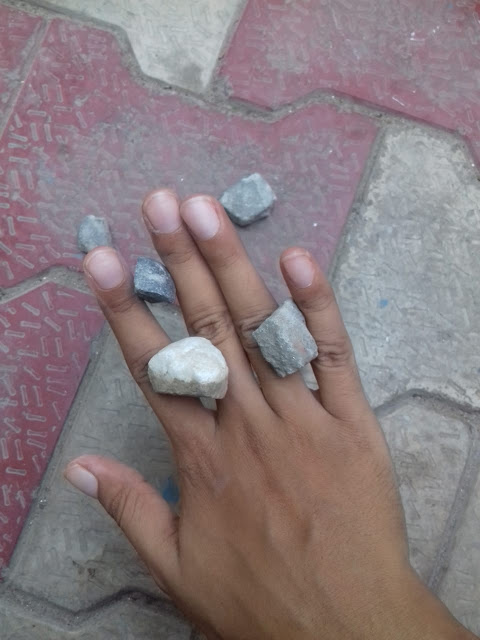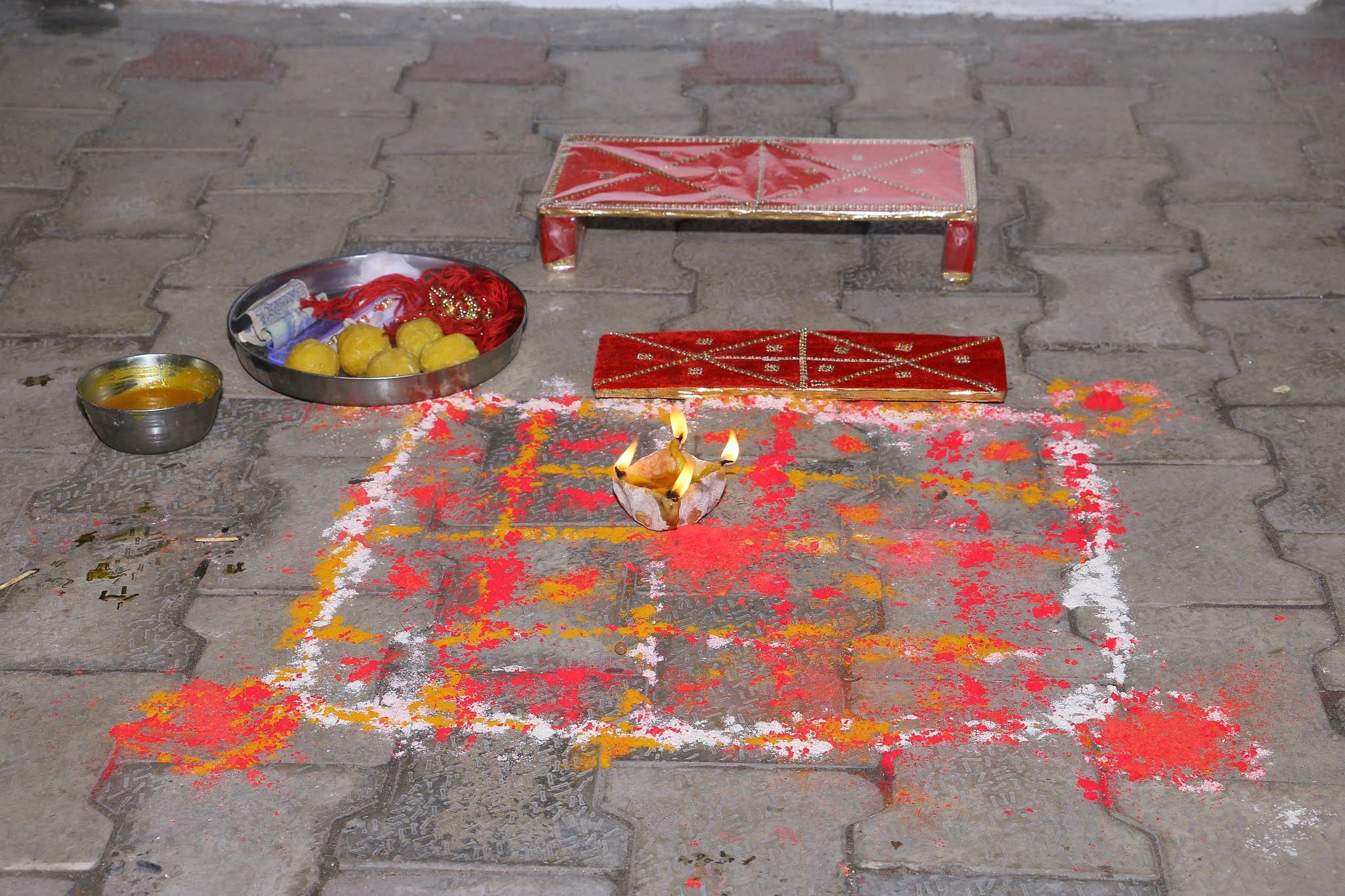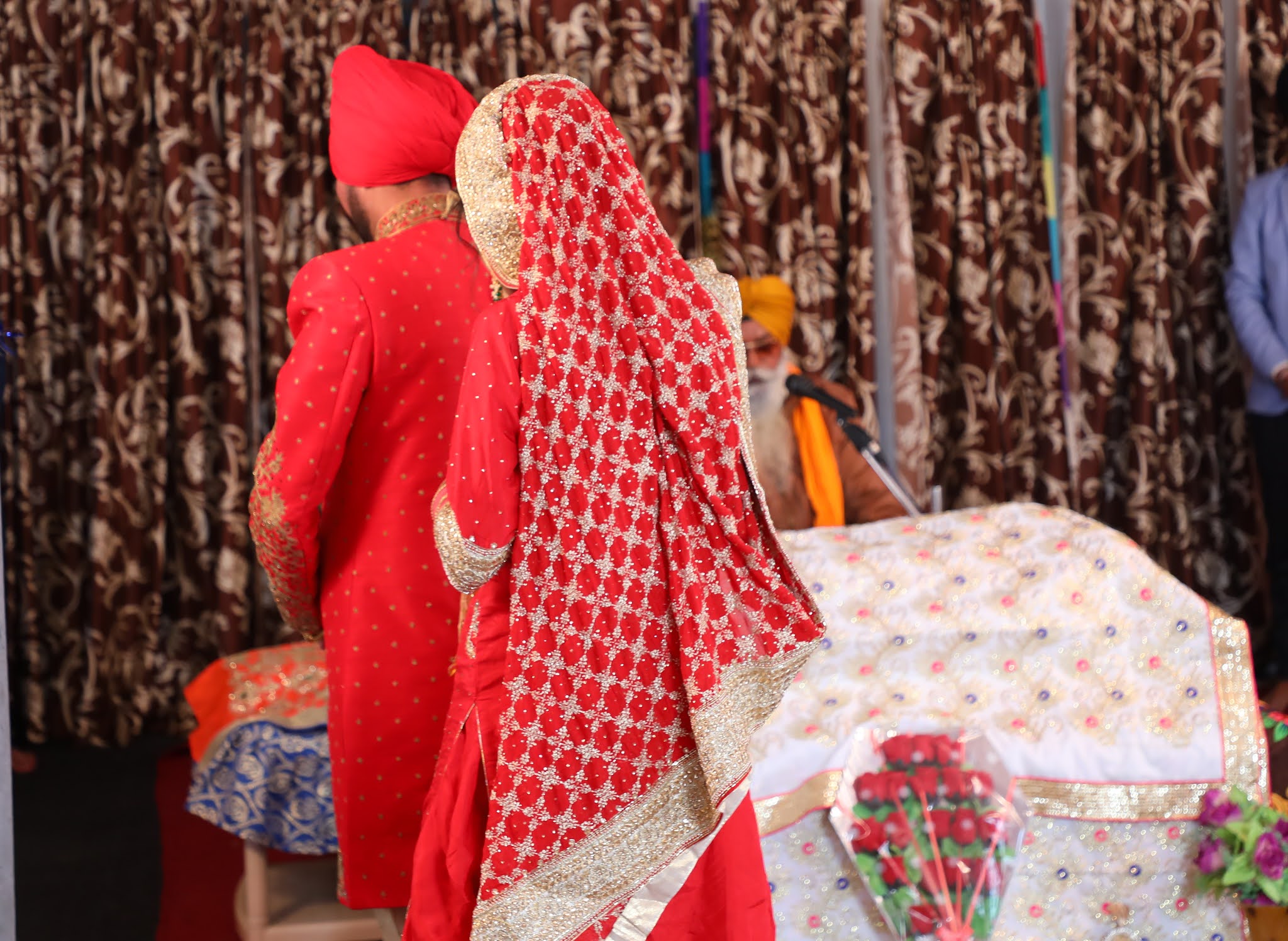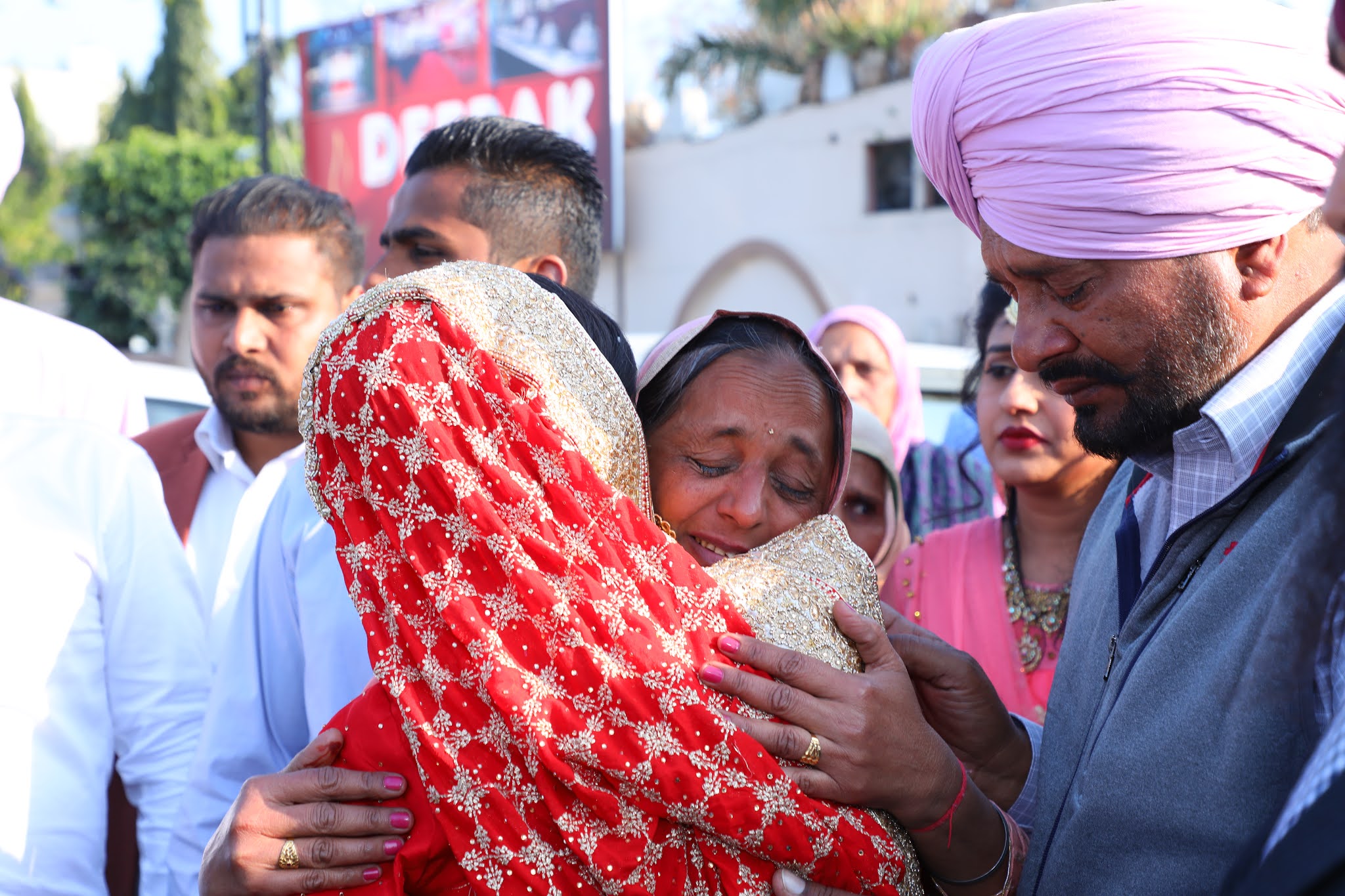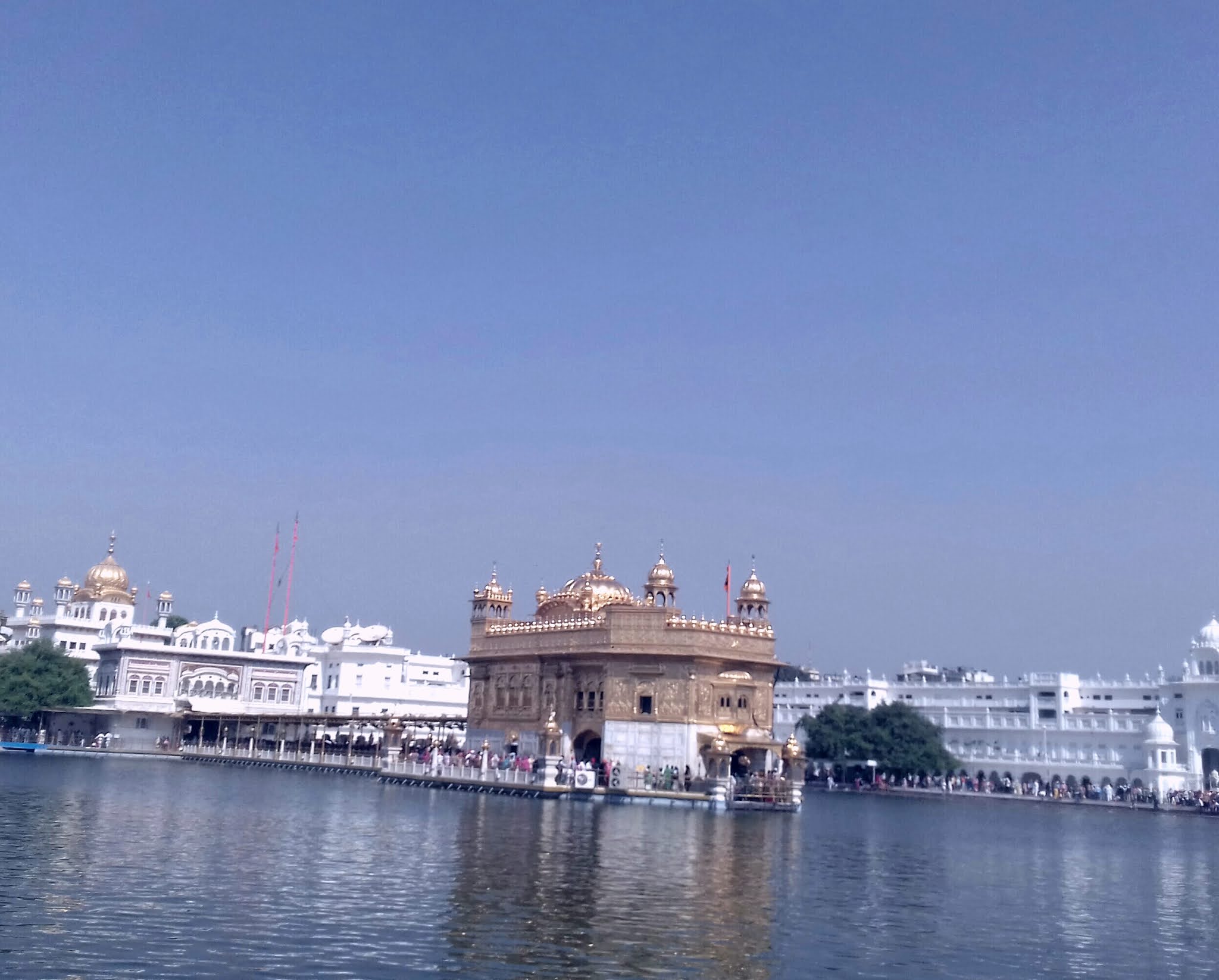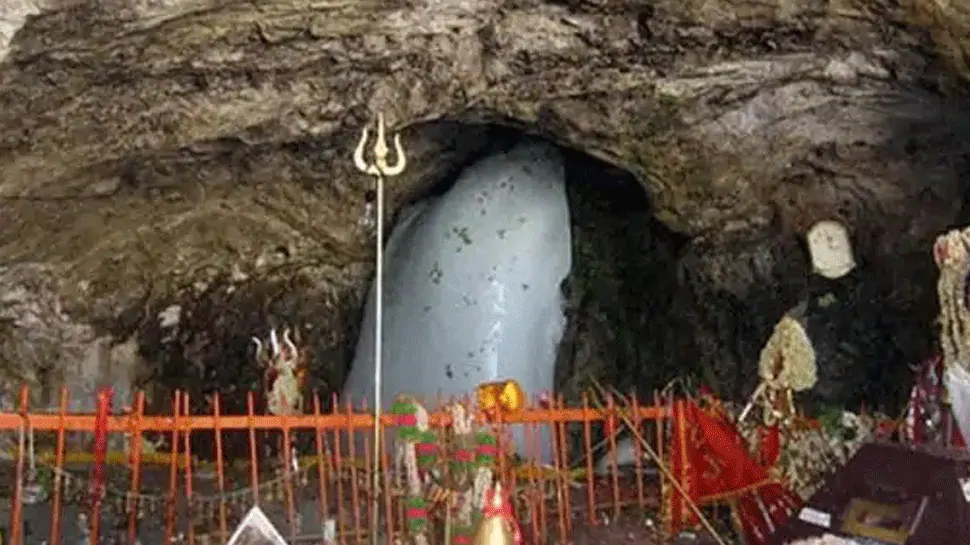Wedding traditions in Punjab
Choora/Kalire:
The Choora ceremony takes place on the morning of the wedding day or a day before.Choora is basically a set of Red bangles, gifted by girl's mama (mother's brother).Red in our culture is a sign of fertility, prosperity and maturity, and together these colors signify the new role of the bride as she transitions from a girl to a married woman. People touch the choora and give their heartiest wishes to the girl for her future married life. Also, they sprinkle flower petals on the bride. After that, the girl's uncle, aunt, friends and cousins tie kaliras (silver, gold or gold plated traditional ornaments) to a bangle worn by the girl.They signify a blessing of plenty, of wealth and prosperity.
Mayian/Vatna:
Traditionally, Mayian is conducted three times, which starts two days before the wedding day, when it's customary to start before midday. The second time is in the morning of the day before the wedding and finally, it is applied that night too.The Maiyan begins with the cousins and sisters of the bride or groom making a colorful Rangoli in the backyard of the homeTaking turns, each family member comes up and applies Vatna/Haldi.Vatna involves applying a paste made from turmeric powder and mustard oil all over the bride's body by her female friends and relatives. This is done to make the bride look more beautiful on the most special day of her life
Jaggo:
Jago is a celebration initiated by the nankai of bride and groom (maternal families). The nankai arrive at the wedding home of the with much fan fare including signing and dancing. The term Jago means wake. The female relatives take turns carrying a gagger (a decorated old fashioned water container lit with candles) while singing and dancing. One song that is a standard for Jago is Guvandio jaag tha ka sutha (neighhours are you awake or asleep). It is a song that invites people out to participate in festivities. Jago is held a day or two before the wedding.
Traditions at Groom’s Home
Sarbala:A sarbala, in certain wedding customs from the Indian subcontinent, is a nephew or cousin of the groom who accompanies the groom during the ceremony as his protector.
Sehra/Surma: After the groom has dressed up in his wedding clothes, a puja is performed. Thereafter, the groom's sister ties the sehra on the groom's head.When the groom is ready to leave, his brother`s wife (bhabhi) applies surma (kohl) to his eyes and the groom gives her money as a token of his gratitude. After this ceremony, referred to as surma pawai.
Ghodi Chadna: The groom's sisters and cousins feed and adorn his mare. To ward off the evil eye, people use cash and perform the Varna ritual. The cash is then distributed among the poor. After this the boy climbs the horse and leaves his home for the wedding venue.
Traditions at Marriage Venue
Milni:literally means "introductions". In a Sikh marriage, Ardas is performed by the person in charge of looking after the Sikh scriptures, followed by the formal introductions of senior men in the families. For example, both eldest chachas (father's younger brother) will come together and exchange garlands of flowers. In the Milni ceremony, the girl's relatives give shagun (a token of good luck) to the groom's close relatives in descending order of age. Cash and clothes are gifted.
Anand Karaj:
The Laava, or four stanzas, are read and then sung during the ceremony to formalize and sanctify the marriage. The Sikh religious wedding ceremony, which almost always these days takes place in a Gurdwara, the Sikh place of worship. The ceremony is held in the presence of Sri Guru Granth Sahib.
Doli:
Vidaai marks the departure of the bride from her parental house. As a custom, the bride throws phulian or puffed rice over her head. The tradition conveys her good wishes for her parents.
Traditions at Groom’s Home
Pani Varna:When they arrive to the groom’s house, the groom’s mother is waiting to greet her daughter-in-law and son. She stands in the doorway with a garvi (small pot or glass) full of half water, half milk. She blesses the couple before they enter by holding the garvi around their heads and trying to drink it. The groom will playfully try to stop his mother from drinking it. On the seventh attempt, he lets her drink it. The mother pours a little oil on either side of the door.















